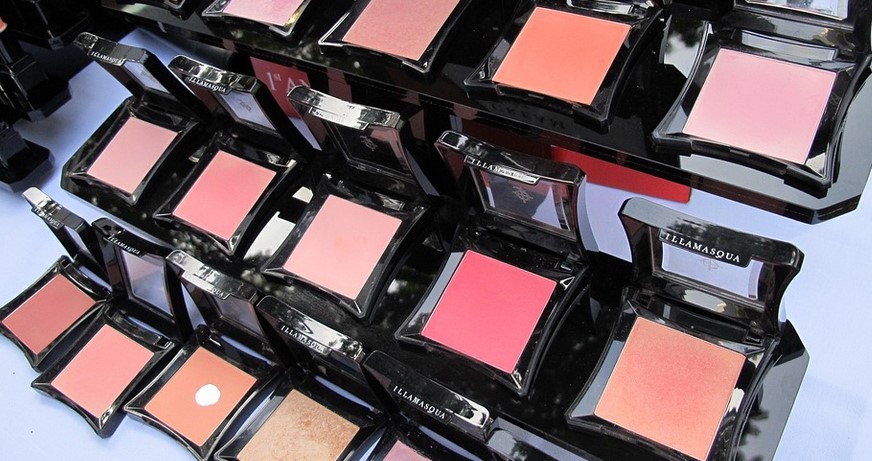The Science of Carbonation
When you crack open a can of soda, you hear a satisfying hiss as the carbon dioxide gas escapes. But have you ever wondered what makes soda bubbly? The answer lies in the science of carbonation.
Carbon Dioxide Gas
Carbon dioxide gas is the key ingredient that makes soda bubbly. When carbon dioxide gas is dissolved in water, it forms carbonic acid. The carbonic acid then breaks down into bicarbonate ions and hydrogen ions.
The carbon dioxide gas in soda is created by pressurizing carbon dioxide into a liquid form. When the can or bottle is opened, the liquid carbon dioxide rapidly expands and escapes, creating the bubbles that we see and feel.
The Role of Pressure
The pressure inside a can or bottle of soda is also an important factor in creating the bubbles. When the can or bottle is sealed, the pressure inside is higher than the pressure outside. This keeps the carbon dioxide gas dissolved in the liquid. When the can or bottle is opened, the pressure is released and the carbon dioxide gas escapes, creating bubbles.
The amount of carbon dioxide gas in soda can vary depending on the type of soda and the amount of pressure used during the carbonation process. For example, soda with high levels of carbonation, like sparkling water or tonic water, will have more bubbles than soda with lower levels of carbonation, like cola or root beer.
The Importance of Temperature
Temperature also plays a role in creating the bubbles in soda. When soda is cold, it can hold more carbon dioxide gas. This is why soda is typically served cold – to keep the carbonation levels high and the bubbles plentiful.
If you’ve ever left a can or bottle of soda out in the sun, you may have noticed that it becomes flat and loses its bubbles. This is because the heat causes the carbon dioxide gas to escape from the liquid more quickly, leaving less gas to create bubbles.
The Bottom Line
So, what makes soda bubbly? It’s all about the carbon dioxide gas, pressure, and temperature. Understanding the science behind carbonation can help you appreciate the fizzy goodness of your favorite soda even more. Just remember to enjoy it in moderation, as excess soda consumption can have negative health effects.

